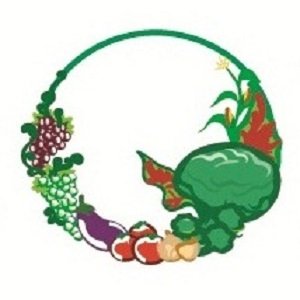Greetings from Featherstone!
It’s been a dry fall, which turns out to be a good thing for harvesting.
Abby Benson, our farm manager, shares insights into what this dry harvest season means for our produce and our CSA members.
The end of September and beginning of October are peak harvest time. The farm crews are still picking all the summer crops while also preparing the root vegetables for storage. We’ve had teams over at Hoch Orchard picking apples for our winter CSA subscribers too. Just about everyone is putting in overtime this time of year.
Featherstone’s beets, turnips, and our famous carrots are all ready to spend quality time in our on site coolers waiting their turn for your winter soups, stews, and hot dishes.
We pack all of Featherstone’s coolers as full as possible. Carrots, beets, radishes, turnips and cabbage store best in the coolers along with our potatoes. All these root veggies, except for the potatoes, first take a turn in the rapid cool down cooler before moving to the storage ones. Managing the harvest so that everything gets the time it needs to cool down requires a lot of careful planning–even more so when we had to call in a mechanic for one of the coolers this week!
Having a dry fall means that the storage bins are more full of vegetables and less full of dirt. It helps us to be much more efficient with our space. It also makes it easier to get both people and the equipment we need for harvesting out into the fields. Harvesting carrots in a muddy field is not fun for anyone.
Abby is keeping a close eye on projected temperatures to decide when to harvest the winter squash. Given the wet spring, she wants to give our many varieties of squash as much time as possible to size up without risking any loss to frost.
When we start harvesting winter squash for storage, they go through a curing process (except for the acorn squash, which is simply ready for storage). All of the cleaned, dry squash moves into greenhouse three to spend a week to ten days at around 70 degrees. This sets them up for success to be enjoyed throughout the winter months.
While this storage work takes place, high tunnel tomatoes, field peppers, greens, and herbs like dill and cilantro are still going strong. This has been a beautiful year for peppers. With the cooler nights, the hardy greens are getting sweeter. This is the best time of year to enjoy kale and other greens.
Looking ahead to the winter season also means clearing the high tunnels to plant spinach for our winter CSA. Out in the fields we’re disking the cleared fields and planting rye as a winter cover crop. Winter cover crops reduce soil erosion, feed nutrients back into the soil, protect our soil against compaction, and increase its ability to hold moisture. It’s important work looking ahead to the 2025 season!
Thank you for your continued support of Featherstone Farm. Here’s to a cozy winter enjoying this fall harvest’s bounty!

